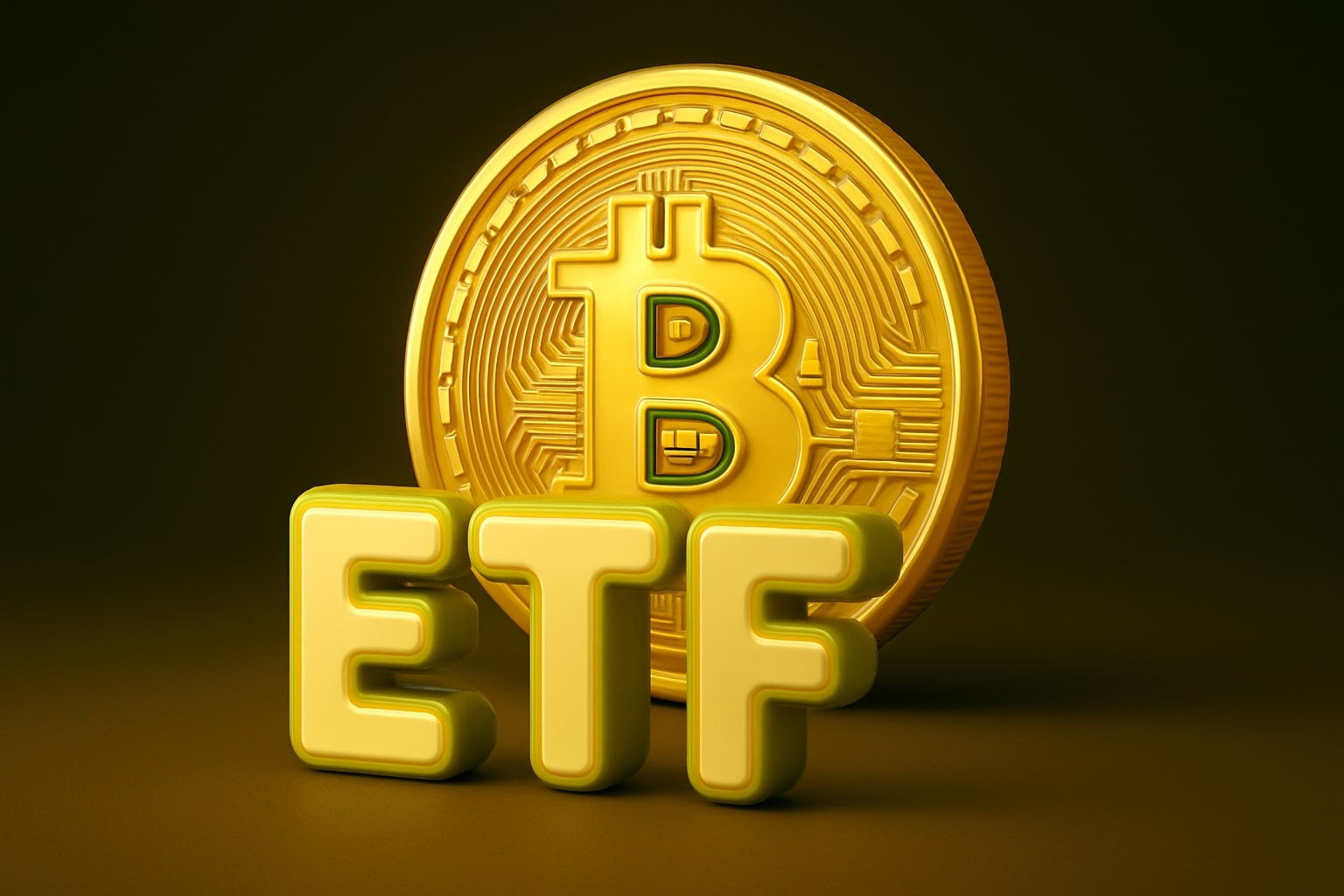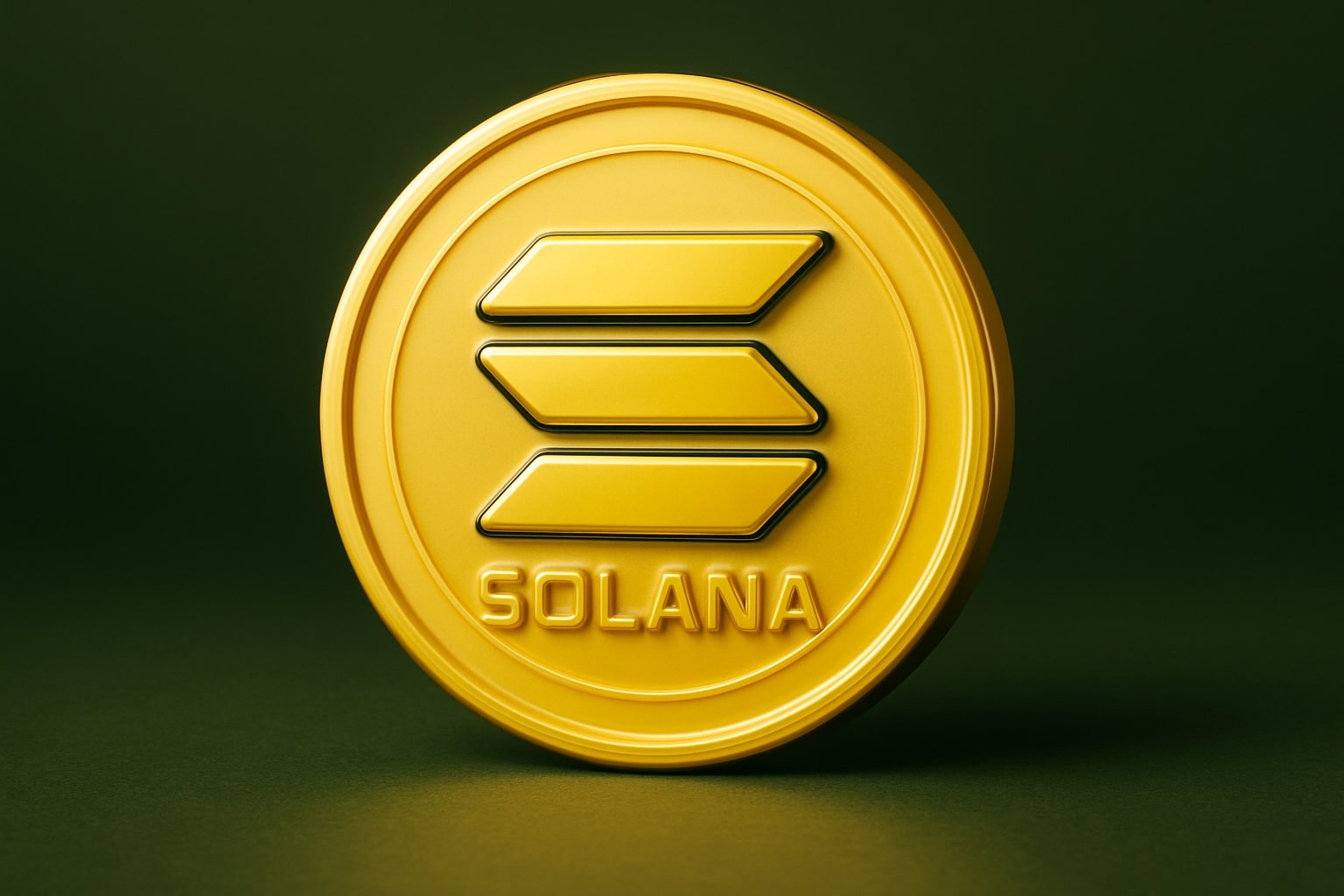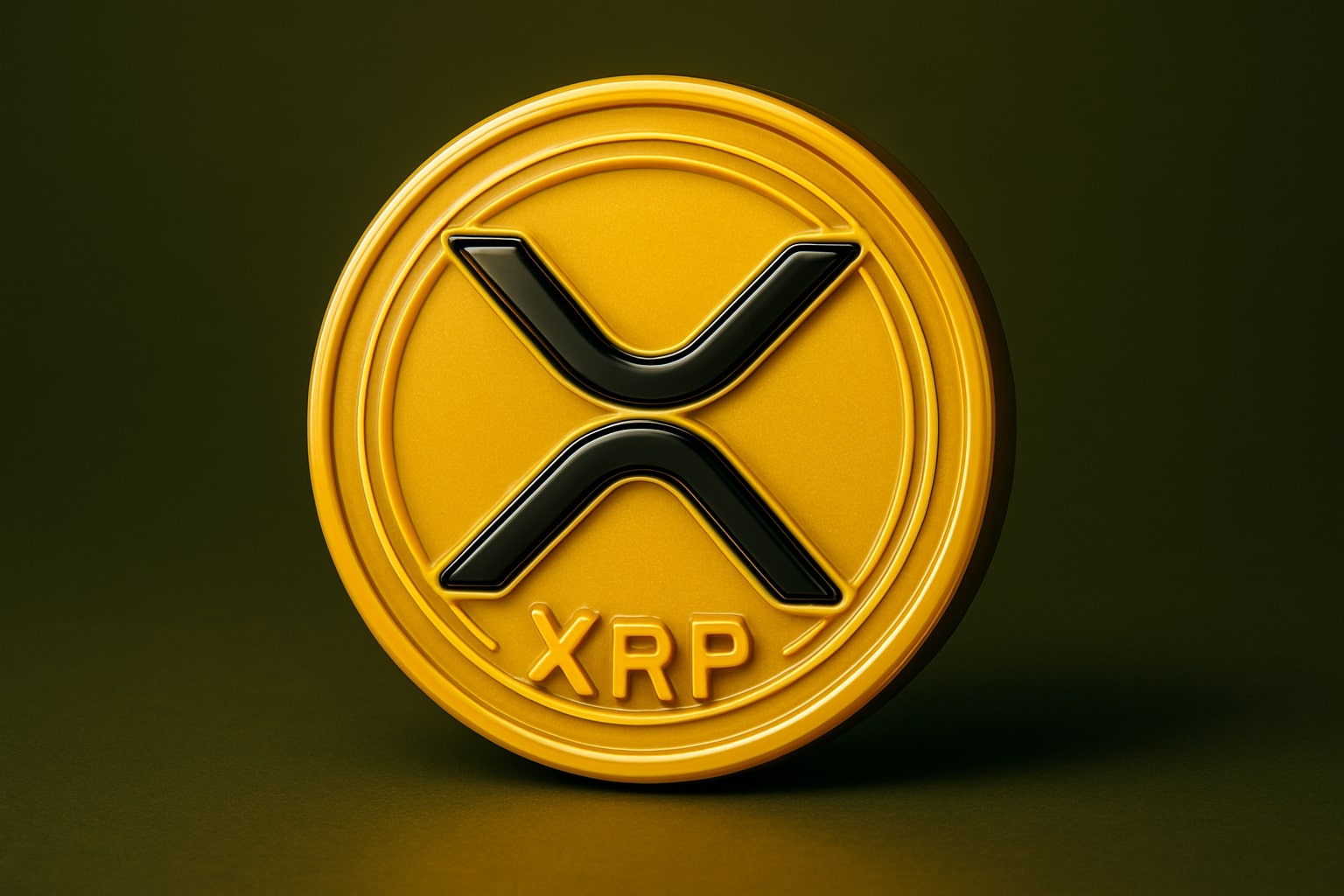
XRPI Falls to $13.30 and XRPR to $18.61 as XRP ETF Launch Sets $250M Record
XRP-USD slips to $2.27 after breaking the $2.35 floor, trading volume surges to $7.17B, Canary’s ETF captures the biggest 2025 debut at nearly $250M | That's TradingNEWS
Ripple XRP ETF Momentum Redefines Flow Dynamics For XRPI And XRPR
The arrival of XRPI on NASDAQ at $13.30 and XRPR on BATS at $18.61 reshapes the landscape for XRP-linked funds at a moment when XRP-USD is battling for stability around $2.27 to $2.30 after heavy liquidation pressure. The session for XRPI opened with price swings between roughly $13.20 and $13.60, before ending the main trading period at $13.30, reflecting a decline of 0.23 from the previous $13.53 mark and showing a modest after-hours climb to $13.39 as appetite returned. XRPR, operating under a different regulatory framework, moved between approximately $18.40 and $19.40 before closing at $18.61, slipping 0.29 from its $18.90 close prior to stabilizing in the after-hours window at $18.73. These opposing forces—ETF hype on one side and crypto-wide deleveraging on the other—define the early trading identity of both funds.
Institutional Capital Surges Into Ripple Exposure As ETF Demand Shatters 2025 Records
The single most forceful driver behind the emergence of XRPI and XRPR is the extraordinary debut of Canary Capital’s spot XRP ETF, which secured nearly two hundred fifty million dollars on its first day. This level of capital acceleration outperformed every other ETF introduced in twenty twenty-five, exceeding the launch momentum of Bitcoin and Ethereum funds that, on the same day, recorded roughly eight hundred sixty-six million dollars in selling for Bitcoin ETFs and more than two hundred sixty million dollars in withdrawals from Ethereum products. Trading activity reached fifty-eight million dollars in volume, the highest opening turnover of the year, signaling institutional validation for more regulated XRP exposure. The attraction was amplified by the use of in-kind creation, enabling investors to deliver XRP directly to the fund in exchange for shares, avoiding market-impact friction and allowing large allocations to build without destabilizing XRP-USD pricing.
Regulatory Shifts And A Reopened Washington Accelerate XRPI Authorization
The regulatory backdrop for XRPI transformed instantly as the United States ended its forty-three day government shutdown, unlocking the flow of ETF approvals. President Trump’s signature on the funding bill allowed the SEC to resume processing, clearing the pathway for the XRPI launch just days after Canary Capital finalized the necessary filings. XRPI operates under the Securities Act of nineteen thirty-three, supported by NASDAQ’s confirmation of eligibility. XRPR, however, belongs to a different classification entirely, falling under the Investment Company Act of nineteen forty, creating a dual-framework ETF landscape unique within the XRP ecosystem. Canary Capital has signaled that no further filings will be submitted unless SEC conditions evolve or additional assets qualify under generic listing rules, with CEO Steve McClurg noting that the firm has effectively filed every crypto ETF currently eligible.
Xrp Faces Heavy Liquidations As Seven Billion Dollar Volume Surge Breaks The Two Point Three Five Floor
Even as ETF flows set historical benchmarks, XRP-USD sustained a sharp downturn, dropping around eight percent as intense selling cascades swept across the crypto market. The breakdown beneath the two dollars and thirty-five cents support level triggered systematic exit flows, with spot trading volume exploding toward seven point one seven billion dollars, signaling broad risk trimming rather than accumulation. Market capitalization pulled back to roughly one hundred thirty-nine billion dollars, maintaining XRP’s position as the fourth-largest asset but revealing the cost of a market environment driven by liquidation anxiety. The decline matched the pattern seen across altcoins where SOL slipped nearly nine percent and ADA mirrored similar downside pressure. Although the technical environment deteriorated, a shift in the MACD histogram to a positive reading of zero point zero one zero zero three hinted that stabilization attempts were forming, yet a meaningful recovery required prices closing above two dollars and thirty-eight cents.
Macro Forces And Cross-Asset Stress Shape The Early Identity Of XRPI And XRPR
The new ETFs debuted during a macro regime whiplashed by changing rate expectations and reduced liquidity conviction. Bitcoin slid toward ninety-six thousand eight hundred eighty dollars, losing more than six percent, while Ethereum fell to roughly three thousand two hundred dollars after declines approaching ten percent. Despite this turbulence, XRP remains one of the strongest performers of the year, gaining more than two hundred percent in twenty twenty-five before the sell-the-news phase emerged following the ETF approvals. Polymarket traders assign a probability near forty-four percent that XRP will reach two dollars and sixty cents before year-end, indicating belief that ETF inflows may eventually support spot price movement once the current liquidation cycle fades. The ETF market may soon expand further, with filings from major institutions including Fidelity, Invesco, and Franklin Templeton, and DTCC records suggesting multiple XRP ETF structures preparing for listing.
Ripple’s Corporate Momentum Adds A Secondary Charge To XRPI And XRPR Appeal
Ripple’s corporate strategy adds another dimension to the XRPI and XRPR narrative. On the fifth of November, Ripple elevated its valuation to forty billion dollars after securing five hundred million dollars in strategic investment from firms such as Citadel Securities, Pantera Capital, Galaxy Digital, Fortress Investment Group, Brevan Howard, and Marshall Wace. At the same time, Ripple confirmed a partnership with Mastercard and Gemini to integrate stablecoin settlement into credit-card networks, embedding components of Ripple’s infrastructure deeper into traditional payment systems. These developments strengthen the fundamental argument behind allocating to XRPI or XRPR, especially as the regulatory environment begins to normalize and institutional rails expand.
Read More
-
CEFS ETF Slips to $22.60 While YTD Momentum Remains Intact
14.11.2025 · TradingNEWS ArchiveStocks
-
Bitcoin ETF Shock: $524M Inflows Flip to $870M Outflows as BTC-USD Slides Under $100K
14.11.2025 · TradingNEWS ArchiveCrypto
-
Natural Gas (NG=F) Stalls Below $5.00 After A 40% Winter Rally
14.11.2025 · TradingNEWS ArchiveCommodities
-
USD/JPY Price Forecast - Yen Climbs Toward 155.00 As Policy Divergence and Missing U.S. CPI
14.11.2025 · TradingNEWS ArchiveForex
Liquidity Patterns, Etf Accumulation, And Price Behavior Outline The Developing Path Forward
Both XRPI and XRPR begin their trading lives at a time when XRP-USD is pressured by macro conditions but supported by extraordinary ETF demand that rarely converges with a volatile spot environment. XRPI trades at thirteen dollars and thirty cents while showing resilience in after-hours movement at thirteen dollars and thirty-nine cents, and XRPR’s stabilization from eighteen dollars and sixty-one cents to eighteen dollars and seventy-three cents reflects early attempts by the market to mark a floor. XRP-USD maintains its position near two dollars and twenty-seven cents after failing to sustain the two dollars and thirty-five cents pivot, but the ETF ecosystem now channels institutional flows into Ripple exposure at a scale XRP has never experienced before. Day-one inflows near two hundred fifty million dollars, trading volume of fifty-eight million dollars, and the expectation of five billion dollars in potential first-month interest described by Canary Capital form the structural base for XRP’s next phase
That's TradingNEWS

















